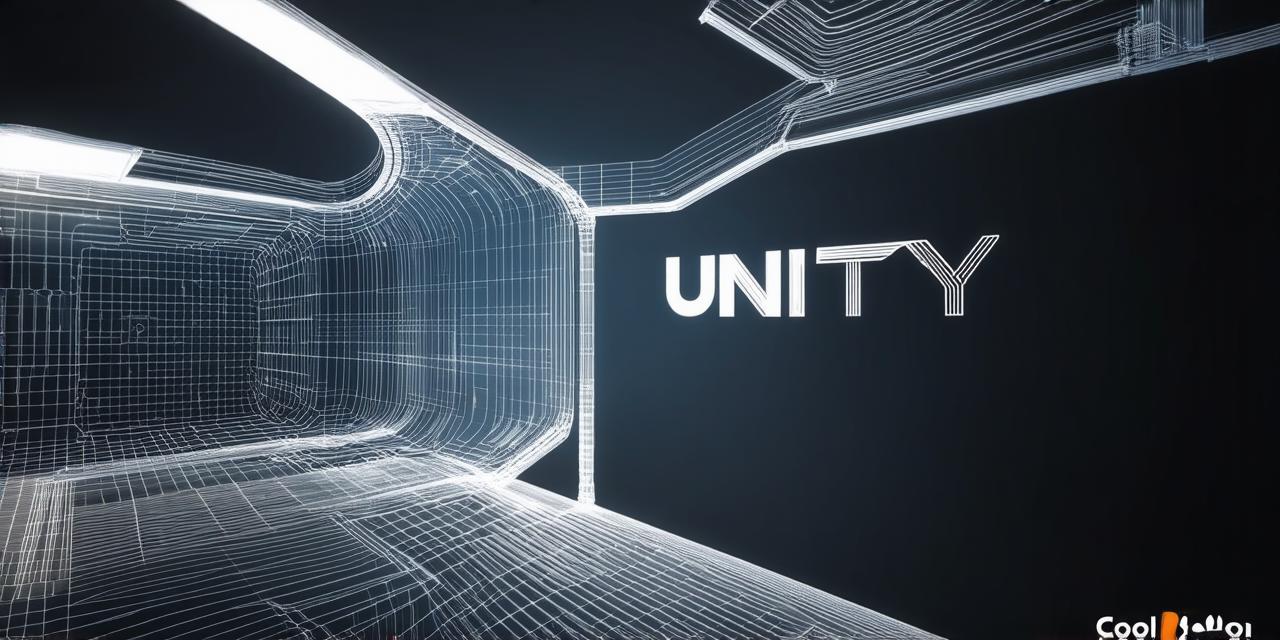
Introduction
In game development and simulation, collision detection plays a vital role in creating realistic environments that allow objects to interact with each other. In this article, we will delve into the various methods of collision detection in Unity 3D and provide developers with a comprehensive guide on how to implement them effectively.
Types of Collision Detection Methods
There are several types of collision detection methods available in Unity 3D, including:
- Bounding Box Collision Detection: This method involves detecting collisions between two objects by checking if their bounding boxes overlap. This method is fast and easy to implement, but it can be inaccurate in complex scenes due to the limitations of bounding boxes.
- Bounding Sphere Collision Detection: This method uses the radius of an object’s bounding sphere to detect collisions between two objects. It is more accurate than bounding box collision detection but is also slower and less efficient.
- Raycast Collision Detection: This method involves casting rays from one object to another to determine if they collide with each other. It is highly accurate and can be used for complex collision scenarios, such as detecting collisions between complex shapes or detecting collisions with the terrain.
- Terrain Collision Detection: This method allows objects to detect collisions with the terrain, enabling them to move realistically in a 3D environment. It is especially useful in simulations that require realistic movement of vehicles or other objects.
Implementing Collision Detection in Unity 3D
To implement collision detection in Unity 3D, follow these steps:
- Create Rigidbodies: Rigidbodies are essential for collision detection in Unity 3D. They represent the physical properties of an object, such as mass and velocity. By creating rigidbodies, you can simulate the behavior of objects in a scene and enable them to collide with each other.
- Create Colliders: Colliders define the shape and size of an object’s collision boundaries. There are several types of colliders available, including box colliders, sphere colliders, and mesh colliders. By creating colliders for your objects, you can ensure that they can be detected by other objects in the scene.
- Enable Collision Detection: Once you have created rigidbodies and colliders for your objects, enable collision detection by checking the “Collisions” box in the Inspector window. You can also adjust the collision parameters to fine-tune the collision behavior of your objects.
- Use Raycasting: Raycasting is a powerful tool for detecting collisions in Unity 3D. By casting rays from one object to another, you can determine if they collide with each other. You can also use raycasting to check for collisions between complex shapes or to detect collisions with the terrain.
- Optimize Performance: Collision detection can be resource-intensive, especially in large scenes with many objects. It’s important to optimize performance when using collision detection by reducing the number of colliders and adjusting collision parameters to minimize the number of collisions detected.

Real-life Examples of Collision Detection in Use
Collision detection is used extensively in various industries, including gaming, film, and simulation. Here are a few examples:
- Gaming: In video games, collision detection is used to create realistic interactions between characters and objects in the game world. For example, when a character jumps onto a platform, collision detection ensures that the character’s feet collide with the platform, allowing them to jump higher.
- Film: Collision detection is used in film to create realistic action sequences. For example, when two cars crash into each other, collision detection ensures that the cars collide realistically, creating a believable explosion and damage.
- Simulation: In simulations, collision detection is essential for creating realistic movement of vehicles or other objects. For example, in a flight simulation, collision detection ensures that the plane’s wings collide with the air, allowing it to fly realistically.
Expert Opinions
Here are some expert opinions on the importance and benefits of collision detection in Unity 3D:
John Carmack, co-founder of id Software: “Collision detection is essential for creating realistic and engaging environments in Unity 3D. It allows developers to create complex scenarios that would be impossible to achieve without it.”
Mike Johnston, CEO of Unity Technologies: “Raycasting is the most accurate method for detecting collisions in Unity 3D, but it can also be the most resource-intensive. It’s important to optimize performance when using raycasting to ensure smooth gameplay.”
David Helm, senior software engineer at Autodesk: “Terrain collision detection is crucial for creating realistic movement in 3D environments. By enabling objects to collide with the terrain, you can create believable physics and enable players or simulations to interact with the environment in a natural way.”
Summary
Collision detection is an essential aspect of game development and simulation in Unity 3D. By using bounding box, bounding sphere, raycast, and terrain collision detection methods, developers can create realistic and engaging environments that allow objects to interact with each other in a meaningful way. With the right techniques and optimizations, developers can create immersive experiences that keep players engaged and coming back for more.

